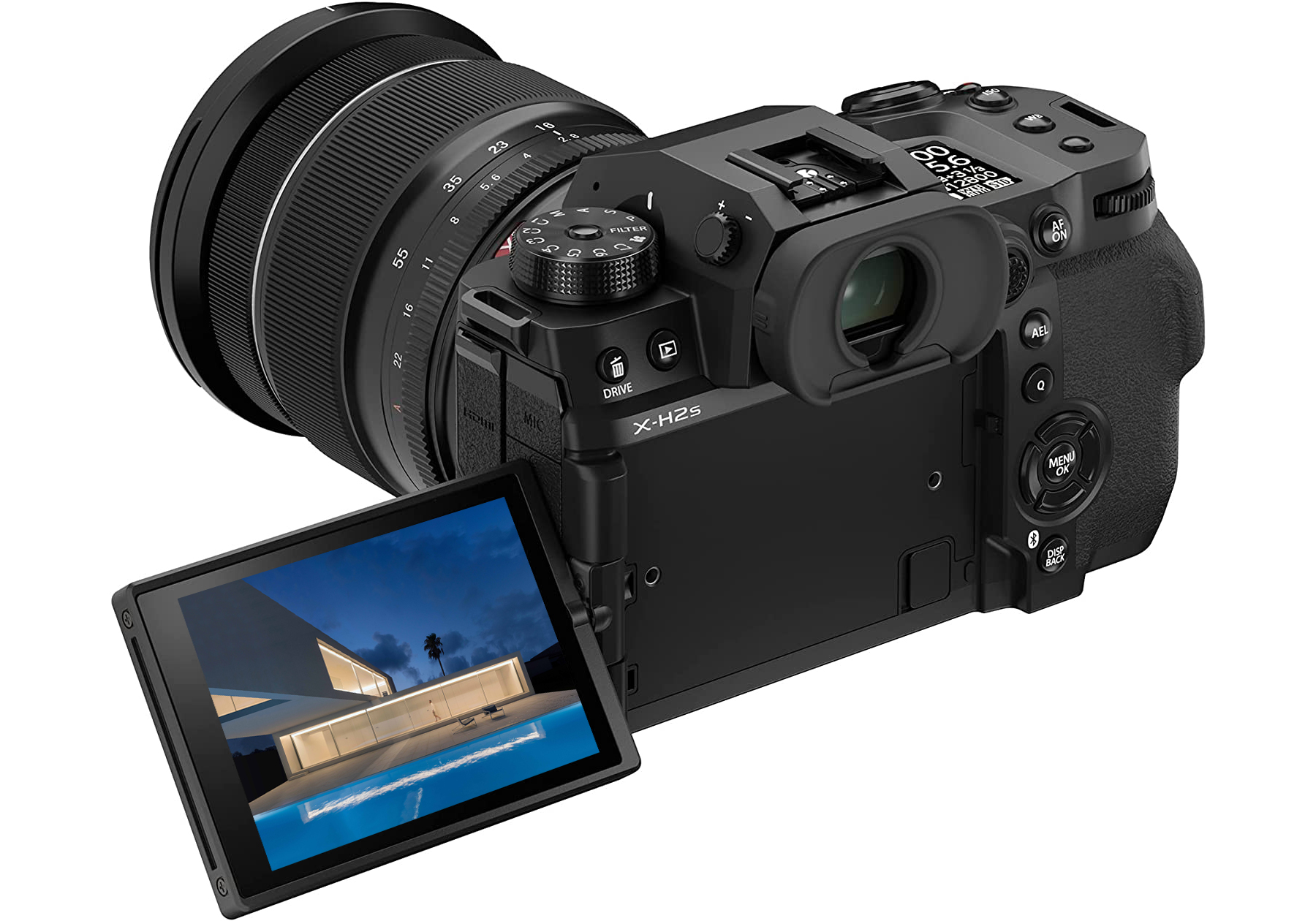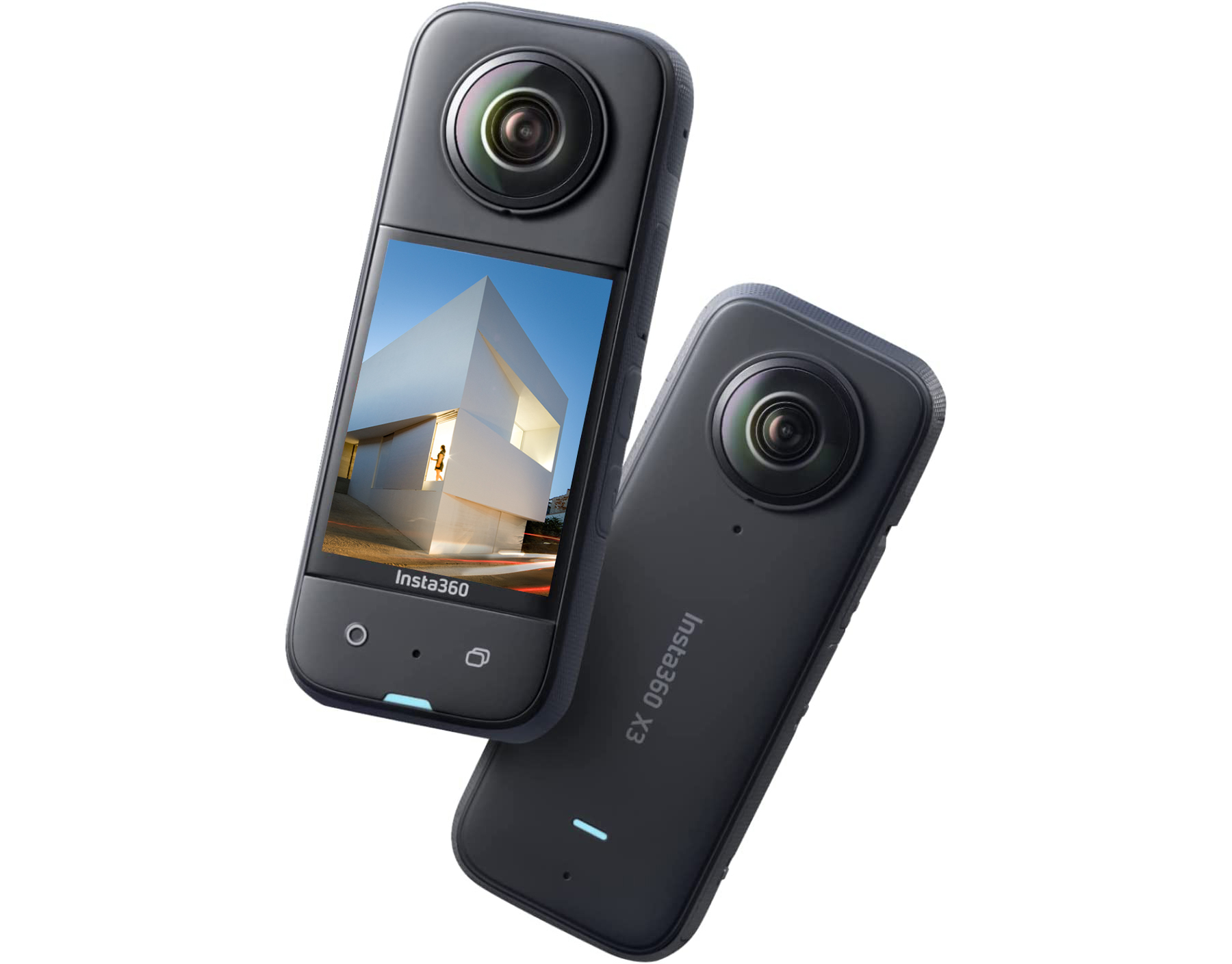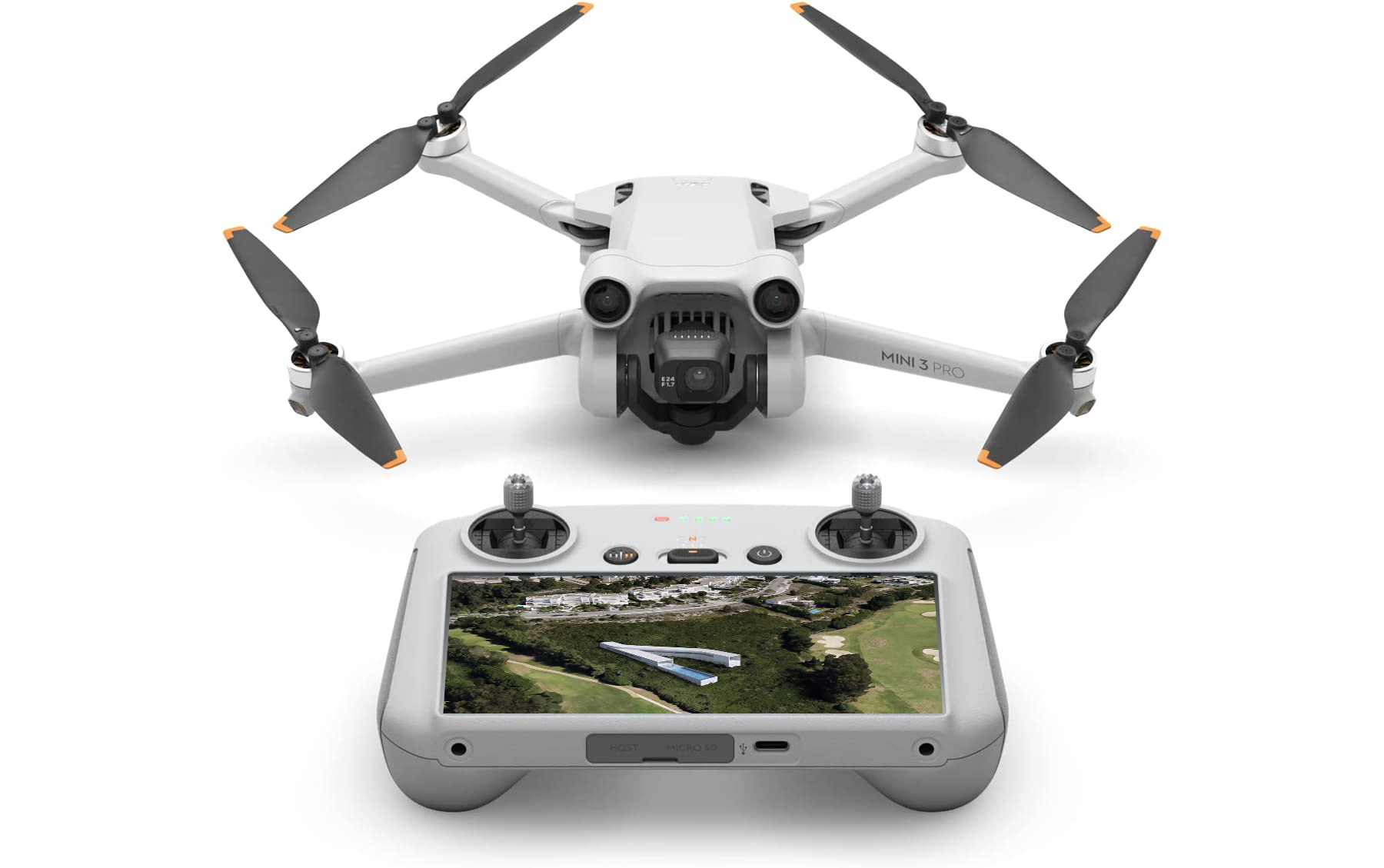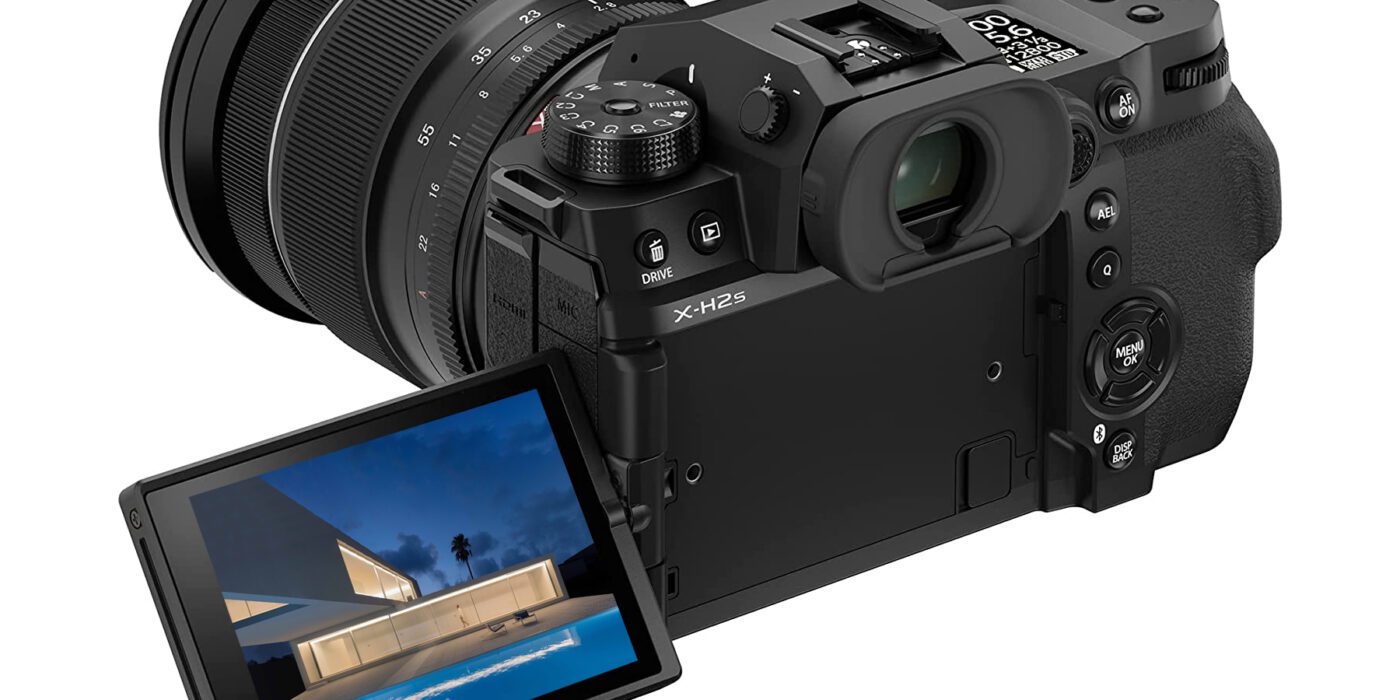Architizer Journal is reader-supported. When you buy through links on our site, we may earn an affiliate commission. Learn more.
Visual storytelling is no easy endeavor, especially when it comes to capturing the built environment. Yet, with the ever-ubiquitous range of 21st-century technologies connecting people with buildings worldwide, architectural photography and filmography have never been more fruitful or thrilling. With diverse backgrounds and expertise, more photographers and filmmakers are gravitating to the architectural profession than ever, taking buildings as their subjects.
At the same time, more and more architects and their firms are taking advantage of their privileged access to construction sites and the accessibility of high-quality photography equipment available to the general public. Indeed, some of the most successful architectural films and photographs harness photography to tell compelling stories about the building process and their built products. With the help of advanced technology and equipment, architects and photographers are bringing the built environment to life in entirely new ways. Listed below are three new products released this year, all particularly well-suited for architectural photographers, filmmakers and designers alike.
Fujifilm X-H2S Mirrorless Camera Body
Best Camera for Architects and Designers

Fujifilm’s X-H2S Mirrorless Camera Body is designed to smoothen the photo-taking and filmmaking process. Considered to be the company’s most capable video and still hybrid, this device comes with incredible sensors and improved image support thanks to its X-Processor 5 and X-Trans CMOS 5S sensor.
The device boasts an increased memory capacity with a high-speed burst shooting capability ranging up to 30fps for over 1000 frames. Its refined autofocus now produces a cleaner and more focused shot through its prediction algorithm that can easily capture moving objects, especially in low-contrast and difficult conditions. This feature is especially useful for filmmakers who from time to time face unpredictable weather and environmental situations that make it challenging to capture the true essence of a site.
When it comes to architectural photography, each image maker has their own set of preferences. Some like to contextualize the image using the human form, and others prefer letting the design speak for itself. The X-H2S’s new subject-detection autofocus is capable of automatically detecting a broad range of subjects in an image. Whether it be passing by vehicles or pedestrians, this camera is capable of accurately focusing-in on smaller subjects who may be using the space, thus allowing the photographer to focus on the framing the building and the overall composition without having to preoccupy themselves with such variables.
The Fujifilm X-H2S moves with the architectural photographer at all times of the day. The device supports HEIF image format and delivers 10-bit image quality in files 30% smaller than standard JPEGs. This is especially useful for those who would like to have high-quality images directly after shooting. The device’s X-Trans sensor tightly controls shutter effects and helps produce a natural-looking recording which allows the architectural design to speak for itself. Designed to keep up with the brilliant imaginations of architectural image makers, the device can internally record up to 90 minutes of footage using a single battery.
Insta360 X3 – Waterproof 360 Action Camera
Best camera for architects to enhance their social media presence

A challenge architectural filmmakers often face is framing the perfect shot right at the get-go, and the X3 camera poses a simple solution to this problem. This device is designed to shoot first and frame after, meaning users can simply mount the camera, click record and reframe after. The X3 camera is connected with the brand’s AI-powered Insta360 app, which comes complete with numerous reframing tools and direct upload capabilities. Therefore, filmmakers can simply upload their video and edit directly on the app. Once edited, the video can be directly uploaded through the app onto social media. The X3 is a one-stop shop for architecture firms looking for simple ways to create high-quality content for their media presence.
In addition, the Insta360 X3 camera comes with a first-person view mode that allows users to film from their perspective while not compromising resolution or quality. This is a particularly useful tool for those filming interior spaces or hoping to capture the essence of a structure from the human perspective. Equally, the new HDR mode makes filming in difficult lighting conditions that much easier through its stabilizing and shadow-enhancing features. So much of the built environment is found in non-ideal shooting environments, and so a device like X3 — one that can work in difficult conditions — is extremely useful to architectural image makers.
The X3 is designed for creatives and comes with an array of filming options. This device is perfect for designers hoping to create original videos for their social media. For example, designers can use the 8k quality timelapse feature to capture the progression of a structure throughout time. The Insta360 X3 – Waterproof 360 Action Camera comes with powerful 360 capture, reframing capabilities and an advanced AI system.
DJI Mini 3 Pro (DJI RC)
Best camera for architects to capture large projects and bird’s-eye views

The DJI Mini 3 Pro (DJI RC) is a small and lightweight drone designed for any environment. This foldable device can capture detail with 4K/60fps video and 48 MP photos. As architects lean on social media more and more to promote their firms, producing ready-to-post videos is key. The DJI Mini Pro offers an easy solution for designers through its True Vertical Shooting feature, which produces social media-ready shots and recordings.
The drone is capable of flying for up to 34 minutes, which is ideal when capturing large projects like condominium development or campus renovations. Moreover, its tri-directional obstacle sensing ensures the drone video is not compromised by unexpected objects in the air. Due to its small size of less than 249 g, the Mini 3 Pro does not require registration in most countries, which eliminates an additional step and lets Mini 3 Pro owners get straight to flying.
For more laptops and workstation recommendations for architects, checkout 15 Top Laptops for Architects and Designers, and watch out for more in our Tech for Architects series, coming soon.

